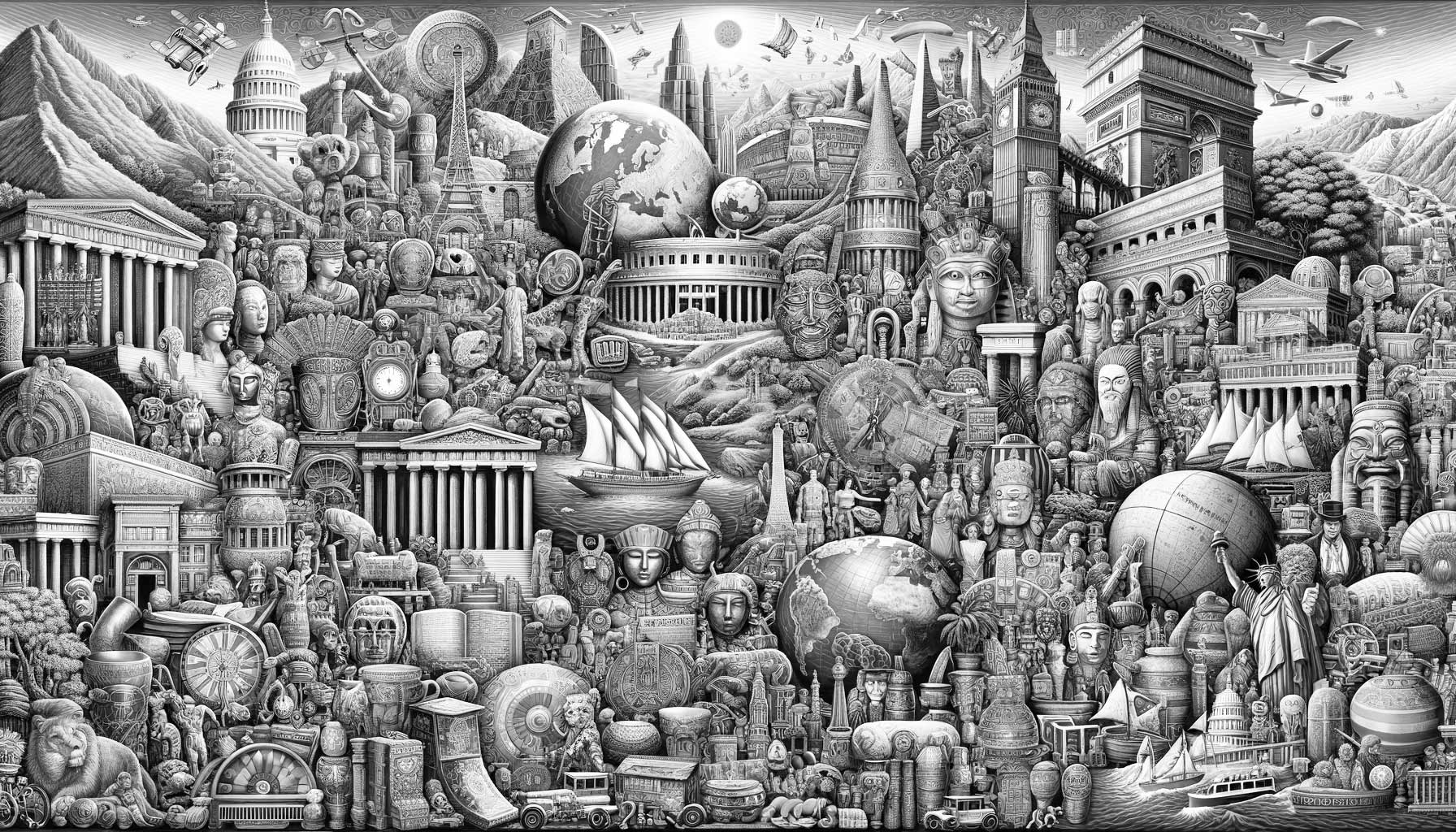Flashback to July 15
World History

Cartographer Abraham Ortelius played a pivotal role in shaping the world of maps and geography when he issued the first modern atlas on May 20, 1570. This groundbreaking event revolutionized how people perceived and understood the world around them. In this article, we will delve into the significance of Ortelius’ atlas and its impact on cartography.
Ortelius’ atlas, titled “Theatrum Orbis Terrarum” or “The Theater of the World,” was a comprehensive collection of maps that provided a detailed and organized representation of the known world at the time. Prior to this atlas, maps were often produced individually and were not standardized or easily accessible. Ortelius brought together various sources and carefully curated them into a unified and coherent collection.
The publication of Ortelius’ atlas marked the birth of modern cartography. It introduced the concept of using a systematic approach to mapmaking, where maps were based on scientific observations and accurate measurements. Ortelius meticulously studied different maps, ancient and contemporary, and compared them to ensure the accuracy of his own work. This attention to detail and commitment to accuracy laid the foundation for future advancements in cartography.
One of the most significant aspects of Ortelius’ atlas was the inclusion of a world map, known as the “Typus Orbis Terrarum.” This map depicted the entire world as it was known at the time, encompassing Europe, Africa, Asia, and the Americas. This representation of the world as a whole was a breakthrough in geographical understanding and gave people a broader perspective of the planet they inhabited.
Ortelius also introduced the concept of using a standardized format for maps, with each page containing a specific region or country. This allowed for easier referencing and comparison between different areas. The atlas featured maps of Europe, Asia, Africa, and the Americas, including detailed city maps as well. This organization and structure made it an invaluable tool for explorers, merchants, and scholars.
The impact of Ortelius’ atlas on cartography cannot be overstated. It sparked a wave of mapmaking and encouraged other cartographers to improve their craft. It inspired new discoveries and explorations, as it provided a reliable reference for navigation and exploration. The widespread popularity of the atlas led to numerous reprints and translations, ensuring its enduring influence on the field of geography.
Ortelius’ atlas also had cultural and societal implications. It fostered a sense of unity and interconnectedness among different regions and civilizations. It helped people visualize the vastness of the world and promoted a deeper understanding of the diversity of cultures and landscapes. The atlas played a significant role in shaping the collective consciousness of the time and influencing the Age of Exploration.
the issuance of the first modern atlas by cartographer Abraham Ortelius on May 20, 1570, was a historic event that revolutionized cartography. Ortelius’ meticulous research, standardized format, and inclusion of a world map set a new standard in mapmaking. The impact of his atlas extended beyond cartography, shaping the way people perceived and understood the world. Even today, Ortelius’ atlas remains a significant milestone in the history of geography and serves as a testament to the power of knowledge and exploration.
We strive for accuracy. If you see something that doesn't look right, click here to contact us!
Sponsored Content

Manitoba becomes 5th Canadian…
On 7/15/1870, Manitoba officially…

President Harry Truman disembarks…
President Harry Truman's historic…

Eight killed, 54 wounded,…
On July 15, 1983,…

The planet Jupiter is…
On July 15, 1994,…

Massacre of July 15,…
On July 15, 1927,…

Napoleon Bonaparte captured.
On 7/15/1815, the event…

